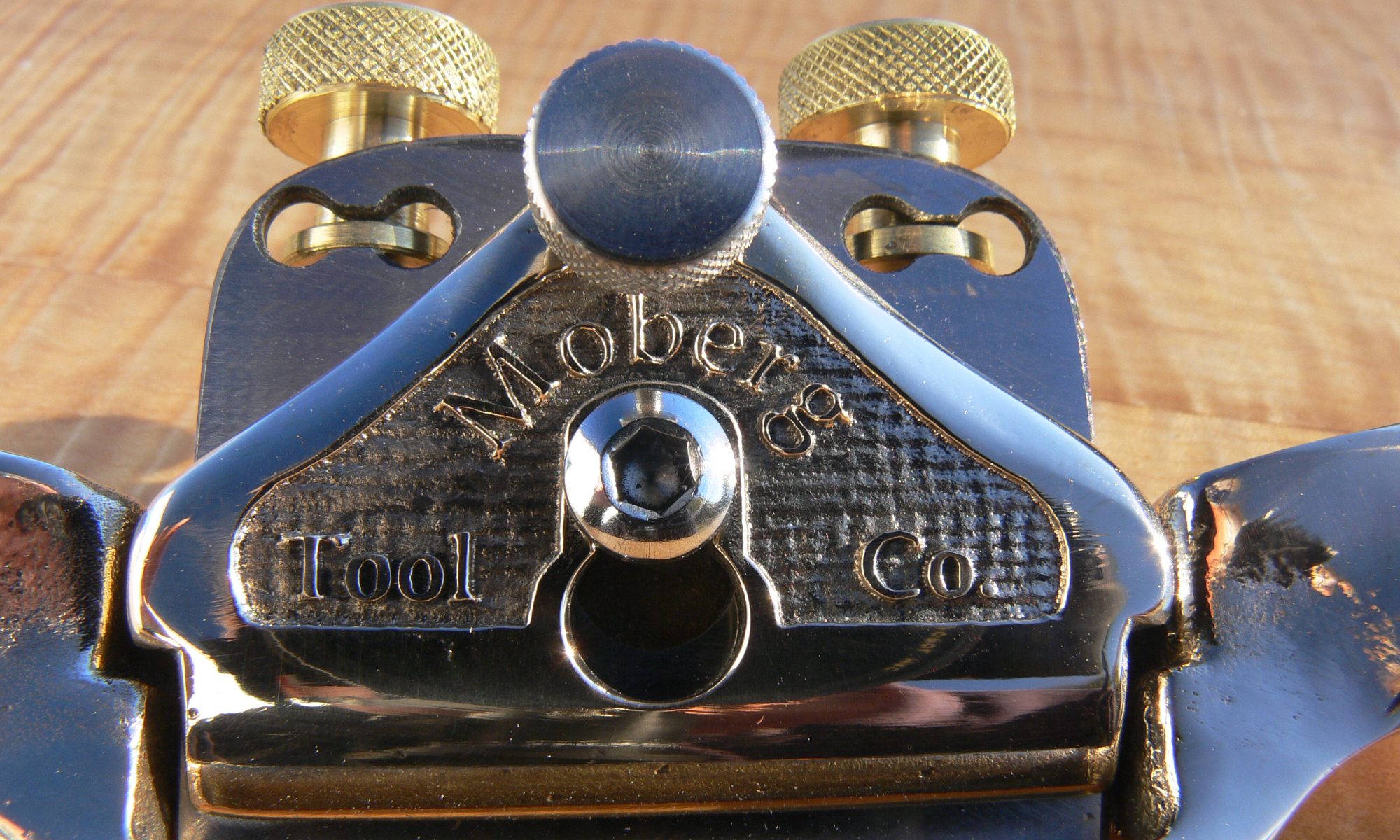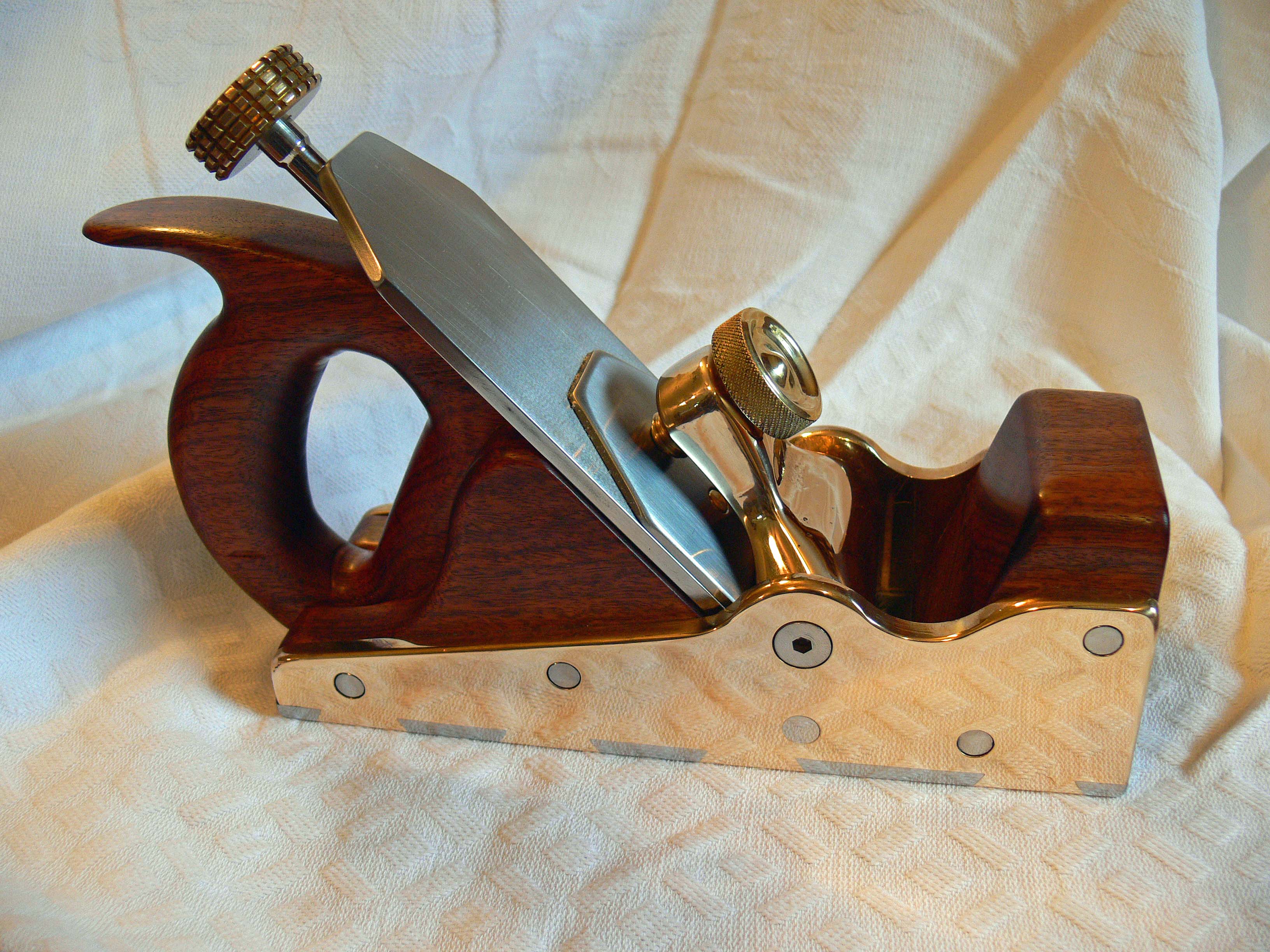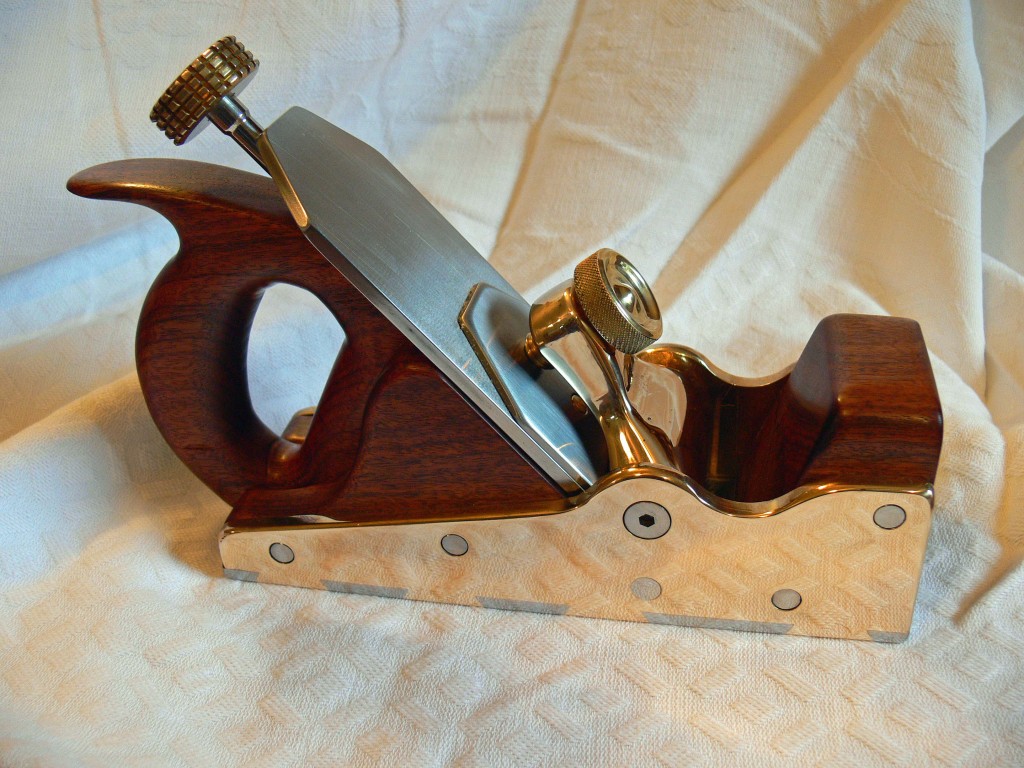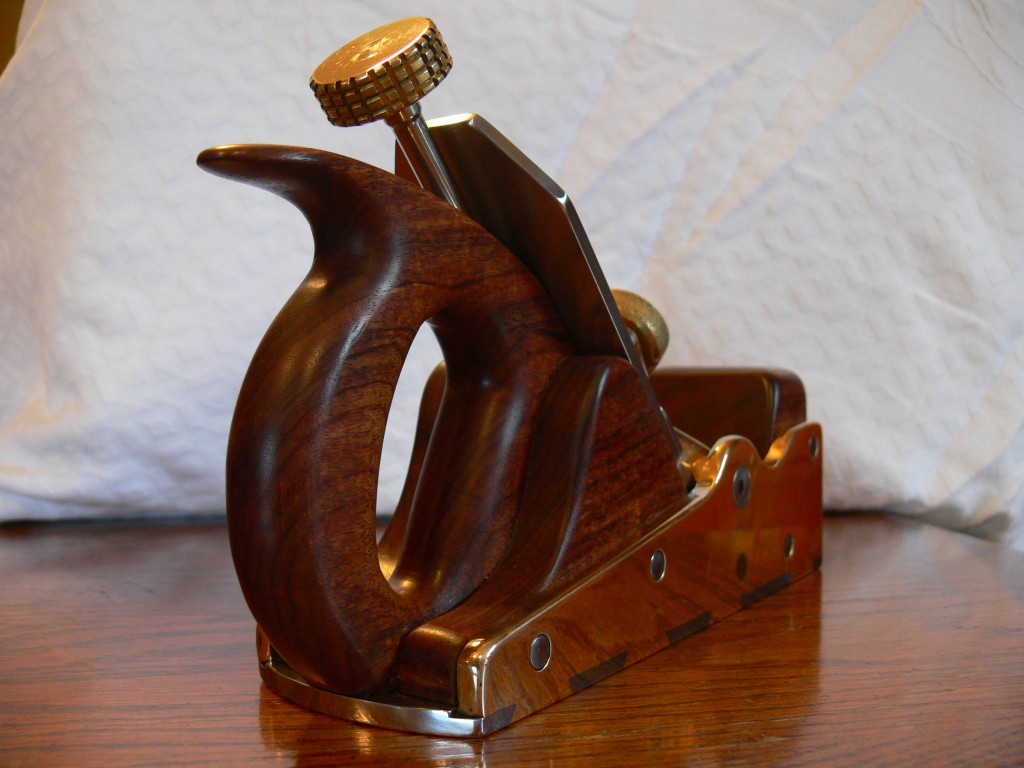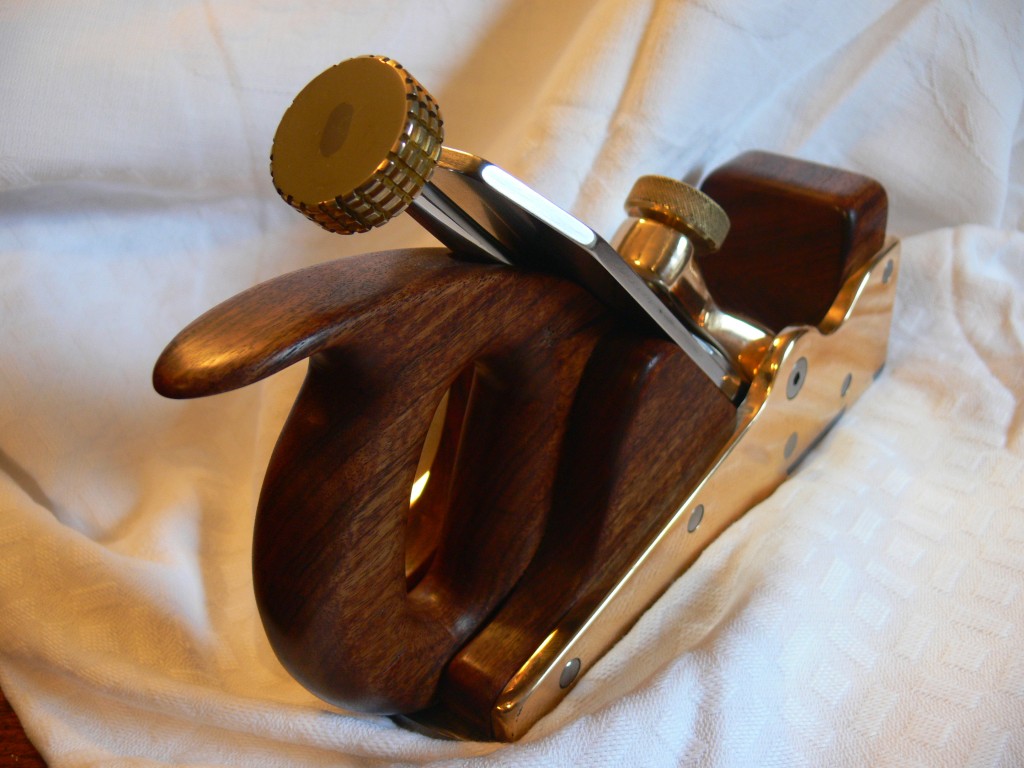I recently completed and sold my first infill plane and I must say it was an enjoyable project. It was challenging in many ways and I certainly learned a lot. I was very pleased with the favorable responses I received on this plane and plan to make a few more.
Upon completion, I could tell that the plane was definitely a good looking specimen but I was a little apprehensive about how it would work. After all, if a tool doesn’t work well it isn’t a good tool no matter how good it looks! I had consulted with some very accomplished wood working friends of mine, Frank Strazza and Mark Borman, during the project but there are still some nagging questions when you are doing something for the first time. I had a few last minute design issues but they were straightened out without too much trouble.
Finally it was time for the test. I took the plane over to Frank and Mark at Homestead Heritage School of Woodworking to see what they would think. Mark kindly offered to sharpen the blade for the experiment and then the fun began. Starting with some soft pine and then moving on to harder woods, the sound of the plane making translucent paper thin shavings sounded like music to my ears. After everyone had had a chance (or two or three) to try it out, I could tell by their smiles that we had a winner.
On this particular plane I used a carbon steel base dovetailed to bronze sides. The blade is O-1 tool steel 3/16″ thick and just under 2-1/8″ wide. The wood on this one was a beautiful piece of Rosewood which is held in place with stainless steel pins. The blade adjusting screw is also stainless steel with a custom machined knob on top and a very fine ratio thread combination to make it easier to make the precise adjustments desired on a smoothing plane.
